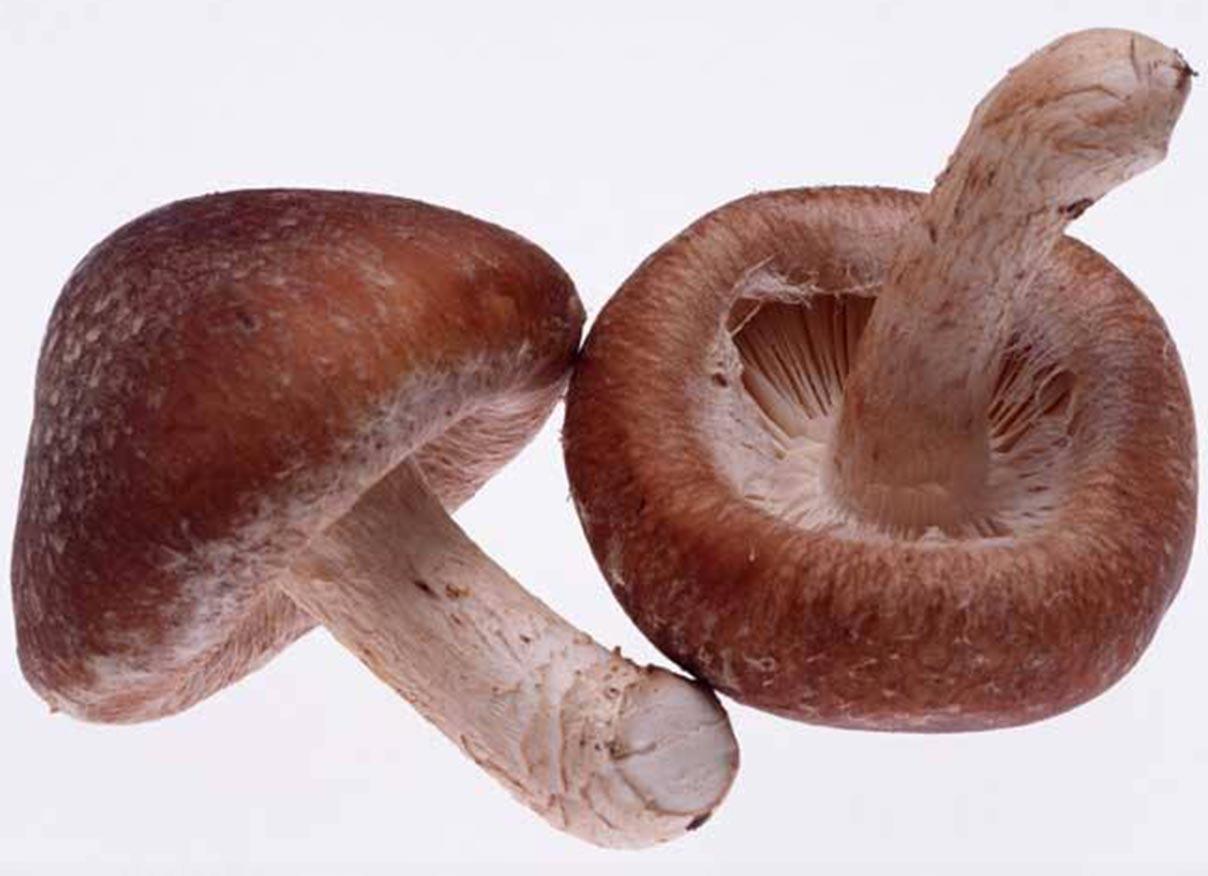| Model: | 3 |
|---|---|
| Brand: | - |
| Origin: | Made In China |
| Category: | Agriculture & Foods / Agricultural Products & Resources / Plant Extract |
| Label: | - |
| Price: |
-
|
| Min. Order: | 25 pc |
Product Description
Medicinal Shiitake Mushroom Extract,Edible Shiitake Mushroom Extract
The Shiitake (/ʃɪˈtɑːkeɪ, ˌʃiːɪ-, -ki/; Japanese: [ɕiːtake] Lentinula edodes) is an edible mushroom native to East Asia, which is cultivated and consumed in many Asian countries. It is considered a medicinal mushroom in some forms of traditional medicine.
Taxonomy and naming
The fungus was first described scientifically as Agaricus edodes by Miles Joseph Berkeley in 1877. It was placed in the genus Lentinula by David Pegler in 1976. The fungus has acquired an extensivesynonymy in its taxonomic history:[5]
Agaricus edodes Berk. (1878)
Armillaria edodes (Berk.) Sacc. (1887)
Mastoleucomyces edodes (Berk.) Kuntze (1891)
Cortinellus edodes (Berk.) S.Ito & S.Imai (1938)
Lentinus edodes (Berk.) Singer (1941)
Collybia shiitake J.Schröt. (1886)
Lepiota shiitake (J.Schröt.) Nobuj. Tanaka (1889)
Cortinellus shiitake (J.Schröt.) Henn. (1899)
Tricholoma shiitake (J.Schröt.) Lloyd (1918)
Lentinus shiitake (J.Schröt.) Singer (1936)
Lentinus tonkinensis Pat. (1890)
Lentinus mellianus Lohwag (1918)
The mushroom's Japanese name shiitake is composed of shii , for the tree Castanopsis cuspidata that provides the dead logs on which it is typically cultivated, and take The specific epithet edodes is the Latin word for "edible".
It is also commonly called "sawtooth oak mushroom", "black forest mushroom", "black mushroom", "golden oak mushroom", or "oakwood mushroom".
Habitat and distribution
Shiitake grow in groups on the decaying wood of deciduous trees, particularly shii, chestnut, oak, maple, beech, sweetgum, poplar, hornbeam, ironwood, mulberry, and chinquapin (Castanopsis spp.). Its natural distribution includes warm and moist climates in southeast Asia.
Cultivation history
The earliest written record of shiitake cultivation is seen in the Records of Longquan County compiled by He Zhan in 1209 during the Southern Song dynasty. The 185-word description of shiitake cultivation from that literature was later crossed-referenced many times and eventually adapted in a book by a Japanese horticulturist Satō Chūryō in 1796, the first book on shiitake cultivation in Japan.
The Japanese cultivated the mushroom by cutting shii trees with axes and placing the logs by trees that were already growing shiitake or contained shiitake spores. Before 1982, the Japan Islands' variety of these mushrooms could only be grown in traditional locations using ancient methods. A 1982 report on the budding and growth of the Japanese variety revealed opportunities for commercial cultivation in the United States.
Shiitake are now widely cultivated all over the world, and contribute about 25% of total yearly production of mushrooms. Commercially, shiitake mushrooms are typically grown in conditions similar to their natural environment on either artificial substrate or hardwood logs, such as oak.
Uses
Fresh and dried shiitake have many uses in the cuisines of East Asia. In Japan, they are served in miso soup, used as the basis for a kind of vegetarian dashi, and as an ingredient in many steamed and simmered dishes. In Chinese cuisine, they are often sautéed in vegetarian dishes such as Buddha's delight.
One type of high-grade shiitake is called donko in Japanese and dōnggū in Chinese, literally "winter mushroom". Another high-grade of mushroom is called huāgū in Chinese, literally "flower mushroom", which has a flower-like cracking pattern on the mushroom's upper surface. Both of these are produced at lower temperatures.
More information:
http://www.emeraldchemicals.us
| Payment Terms: | TT, L/C, Paypal |
|---|---|
Member Information
| Hangzhou Molai Biotech Co.,Ltd | |
|---|---|
| Country/Region: | Zhe Jiang - China |
| Business Nature: | Manufacturer |
| Phone: | 77831523 |
| Contact: | Sam Zhou (SALESMANAGER) |
| Last Online: | 10 Dec, 2019 |
Related Products of this Company
-
Manufacturer Lingzhi Spore Powder
-
Maitake Mushroom Extract
-
Cordyceps Sinensis Powder
-
Edible Cordyceps powder
-
Cordyceps Militaries Powder capsules
-
Hericium Erinaceus Extract capsule
-
Cordyceps sinensis extract oral liquid
-
Ginger extract granules
-
Medicinal Agaricus blazei extract
-
Maitake Mushroom Extract Oral Liquid










